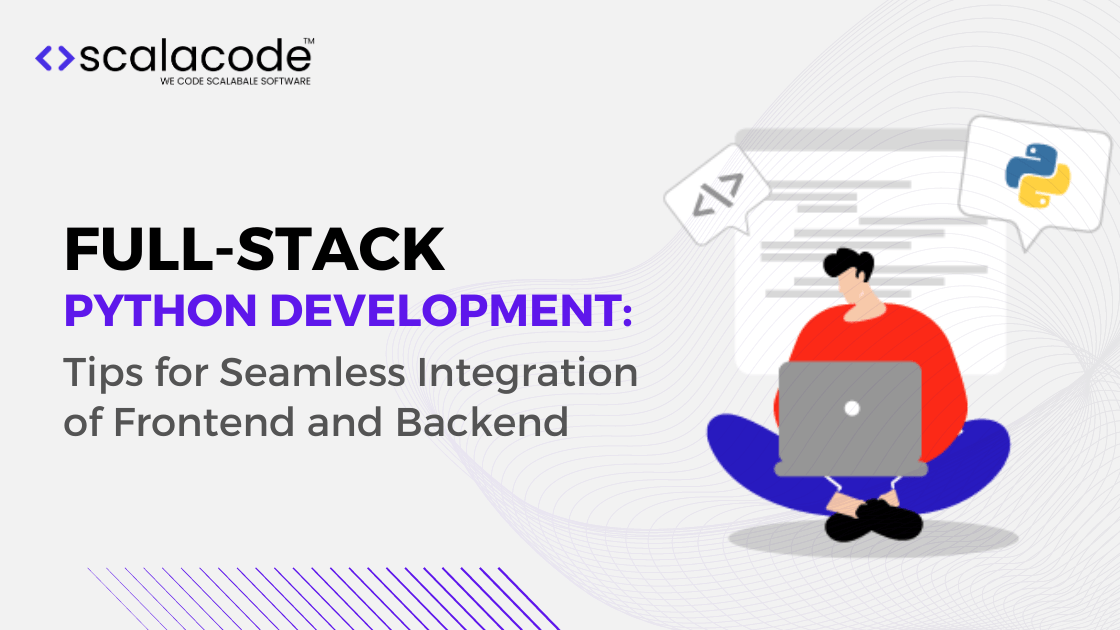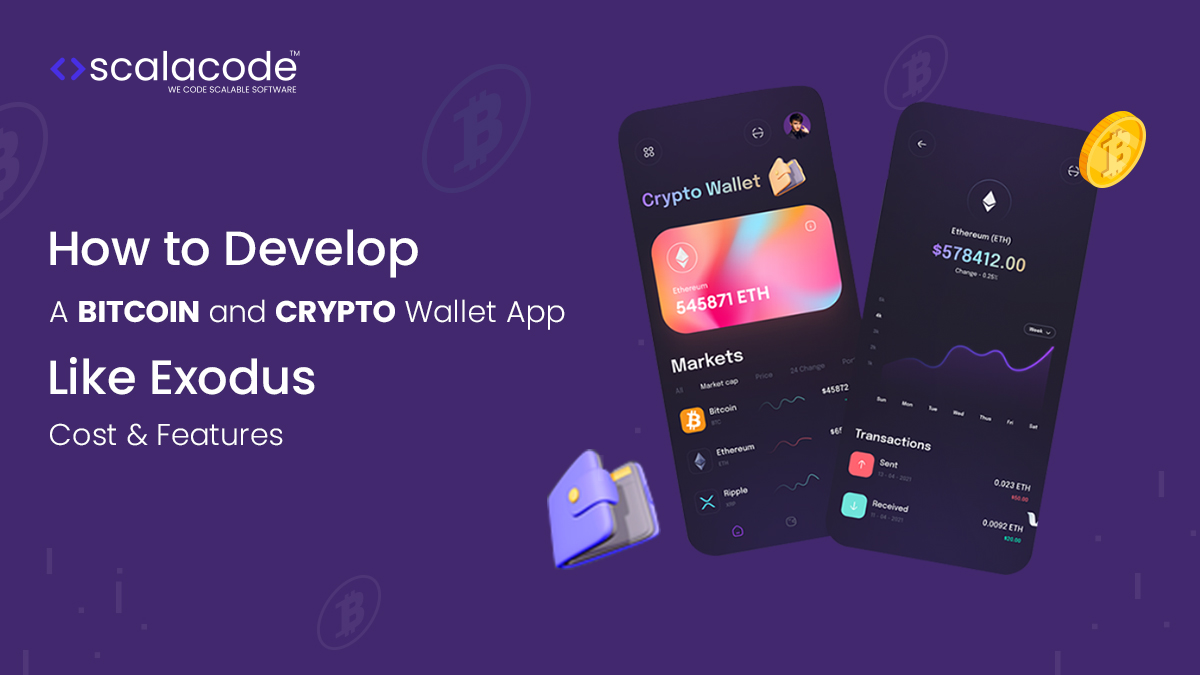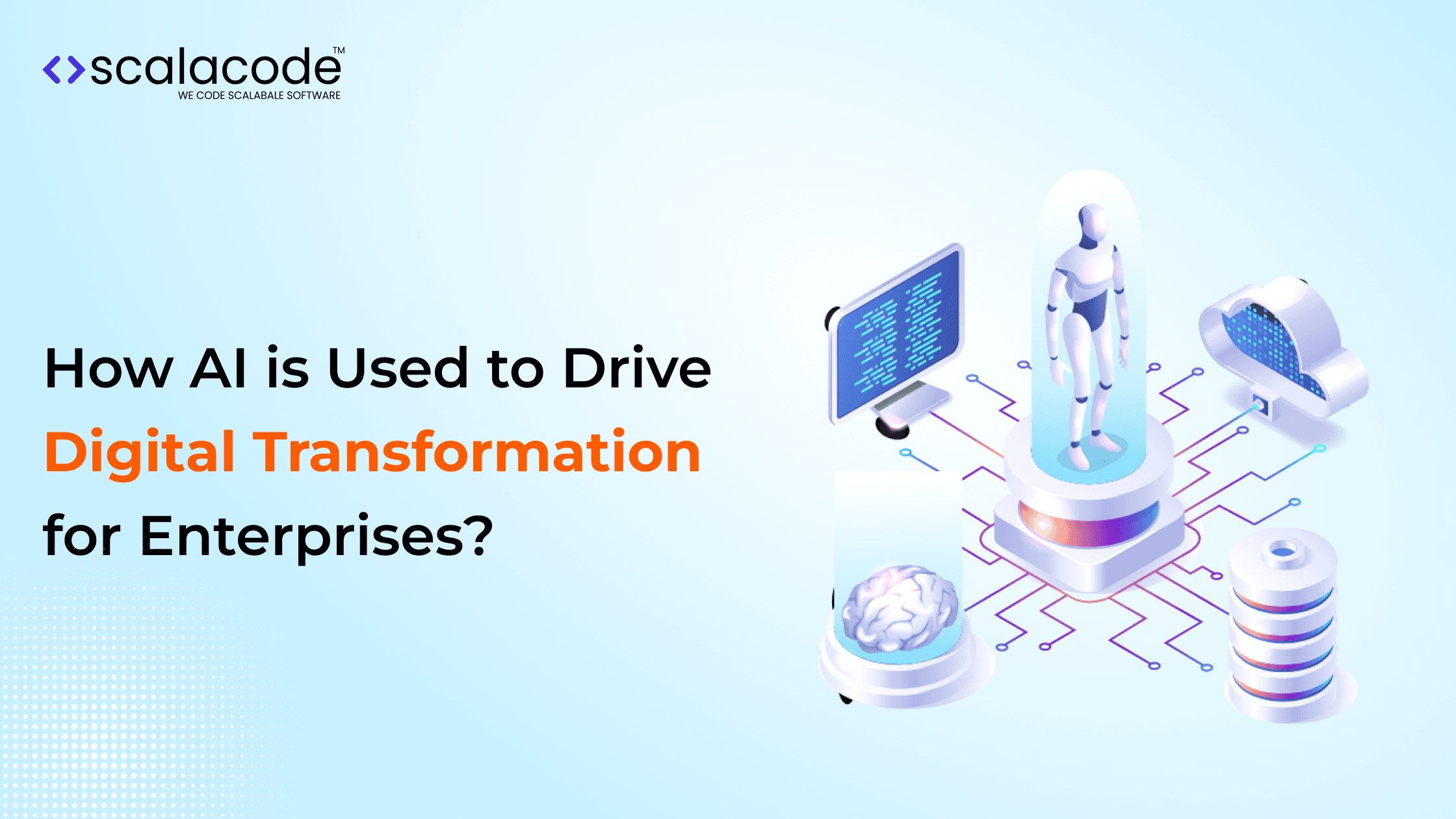According to the latest StackOverflow developer survey in 2023, Python has marked the 3rd position in the top ten most popular programming languages.
Quite impressive, right?
What sets Python apart is its incredible versatility and user-friendliness. Besides, having qualities like an open-source, high-level, and general-purpose programming language makes Python a powerhouse in various industries and domains. Whether you’re creating-
- sleek desktop GUI
- developing web applications that amaze users
- crafting engaging gaming software
- building mobile apps
Python’s got your back. However, Python stands out for its seamless integration of frontend and backend development.
Yes, you read that right!
Let’s get into the details of full-stack Python development and the tips for smooth integration of the frontend and backend.
Full-Stack Python Development: What’s It?
It is easy to get the idea from the name itself; however, full-stack Python development is a process that involves the development of the frontend and backend using the Python programming language.
Plus, when you onboard or hire full-stack Python developers to work on your new web project, they handle everything from start to finish.
Whether we talk about the Frontend that deals with
- designing and building the user interface (UI)
- taking care of the style and look of the application
- handling user interaction and input validations
Whereas the Backend focuses on:
- building the server-side functionality
- Working with databases and data storage
- integrating with external services and APIs
Having a partner who understands both the frontend and backend is key to seamlessly integrating them and developing a Python web app.
Essential Frontend And Backend Technologies For Full-Stack Python Development
While proceeding with your full-stack Python project, one crucial thing to consider is how expert your development partner is. We have talked about this before.
But for now, when you hire full-stack Python developers, it’s important to know that out of the 250–2,500 coding languages out there, they should be familiar with some essential ones, which are:
Frontend technologies that make your project successful Here are a few:
- HTML/CSS: Together, HTML and CSS form the backbone of all web pages. The fundamentals of front-end development work lie in HTML and CSS.
- JavaScript: With JavaScript, you can create engaging, interactive websites with various levels of interactivity, such as dynamic animations, interactive forms, and other customizable components.
- React: Often used in conjunction with Python backend frameworks like Django or Flask, React is a popular JavaScript library for building user interfaces.
- jQuery: jQuery is a lightweight library for manipulating the DOM, handling events, and creating animations. jQuery is a popular choice for websites that need to be quickly changed or updated.
Similarly, it is essential to have a good understanding of some popular Python frontend and backend frameworks that make things easy. Some of the most popular frameworks include:
Popular Python Frameworks
- Django: The Web Development Perfectionist’s Choice

Django is a strongly popular Python framework among developers. With its “batteries-included” philosophy, you get everything needed to build web applications efficiently.
Apart from that, there is stuff like ORM (Object-Relational Mapping) and a built-in admin interface that make this tool more appropriate. Allowing you to create a web application quickly and easily while keeping it safe and able to handle more users.
Django, an open-source framework, follows the MVC architecture and promotes DRY principles. From authentication to URL routing, Django’s well-organized structure simplifies development and promotes best practices.
- Flask: The Microframework with Macro Powers

Flask, in contrast to Django, follows a “micro” approach. With that, we mean that it lets you get started quickly while allowing your developers the freedom to add components as needed.
This Python framework is lightweight, making it ideal for small to medium-sized applications or building APIs. Furthermore, the simplicity of Flask encourages developers to maintain a clean codebase. Using this, it will support various extensions that cater to specific project requirements.
- FastAPI: Lightning-Fast APIs with Pythonic Elegance

Nowadays, FastAPI is getting a lot of attention from developers. Do you know why? Because it’s super fast and works great for creating APIs and microservices. Not just that, It uses Python’s type hinting to automatically check and document things.
Using FastAPI, a Python framework, you can build stuff faster and with fewer mistakes. Plus, handling lots of requests at once is super easy with this tool. Also, whenever you think there is a need for project scalability, you can go for it with no blockage.
- Pyramid: The Flexible and Scalable Choice

Full-stack development with Pyramid is easily achievable. You can adapt this open-source Python and build on the MVC architecture framework for any project. Whether you want to build a massive or complex app, everything is possible.
Seriously, it’s a super-flexible framework that can handle it all. Speaking of the advantages it holds, one is that developers have the power to pick and choose the parts they want.
The Python developer you hire can create a setup that works perfectly for them. This framework also helps you have a codebase that’s easy to manage and update.
- Bottle: Small, But Powerful

Don’t underestimate the simplicity of the bottle. Despite being small in size, this Python framework packs a punch. Being a single-file microframework, it’s perfect for quick prototypes, small projects, or applications with minimal dependencies.
Bottle offers a straightforward API, making it easy for beginners to grasp and for experienced developers to build applications with ease.
- Web2py: All-In-One Web Framework

Web2py is an effective full-stack Python framework for web development that enables fast, easy, and straightforward website creation. The program is written and programmable in Python (versions 3 and 2.7).
It’s packed with benefits, like an IDE, a SQL database, a fast multi-threaded web server, a web-based interface, and more. The best thing is that you can easily deploy your projects and work together with others.
- CherryPy: The Minimalist’s Framework

CherryPy simplifies web development, allowing developers to map Python methods to HTTP methods. This leads to a less complex and more concise programming experience. CherryPy is designed for clean code that prefers minimalism, making it attractive for those who like this style.
Python Frontend Frameworks For the Web:
- PyScript
PyScript is a super cool Python frontend framework that lets you run Python programs directly in your web browser with an HTML interface.
It’s like a magic trick that simplifies doing Python stuff on the web, so even if you’re not a techie, you can still join in on the fun. With PyScript, you’ll get all the benefits of consistent styling, more expressive code, and a smooth learning journey. It’s pretty awesome!
- Brython
Brython is one of the browser-based Python frameworks. You can run Python code instead of JavaScript with Brython, making it a great alternative. Brython supports most of the syntax of Python 3, making it easy to unify frontend and backend processes.
That’s not all, but These frameworks are the go-to options when it comes to Python frontend and backend development. We’ve got Pyramid, Django, and Web2Py, just to name a few. They’re all Python frameworks that are widely used for full-stack development.
Wondering what you’ve got to do to make sure your full-stack Python app has seamless integration of frontend and backend technologies?
Tips For Full-Stack Python Development
Full-stack Python development is about creating a seamless integration between the front- and back-end technologies. This will happen when you follow the right approach to building your Python app. Here are a few tips you can follow.
- Use modular architecture:
Since full-stack development is a complex process, if you follow a modular architecture, things will be easier. The modular architecture breaks down the application into smaller chunks and more manageable components. That brings benefits like:
- Easier to test
- Easier to maintain and debug
- Increased reusability of code
- Improved scalability and flexibility
- Choose the right tech stack:
Some projects need a Django framework, while others may need Flask. So, what will work best for your project? You need to figure it out at the initial stages. You can rely on the expertise of full-stack Python developers to help you in this regard.
However, the selection of a tech stack depends on various factors, such as:
- Project requirements and complexity
- Scalability and performance needs
- Integration with other systems
- Budget constraints
Yes, you should talk to an expert before you dive into things. Making the wrong decisions at this point could really mess up the whole full-stack Python project.
- Leverage caching:
We all want our digital products to have high-end performance. Users should enjoy using it. To make this happen, there are several strategies you can use, among them caching. It is a technique that can help you improve the performance of your application.
By implementing this, you can reduce the number of database calls and make the application run faster. Use caching mechanisms like Redis or Memcached to improve your application’s performance.
- Keep your code clean and maintainable.
No matter what type of project is yours, ask your full-stack Python developers to adhere to the best coding standards and practices. There should be consistency and maintainability in your codebase. Document your code, APIs, and system architecture. These are important for facilitating future maintenance and even collaboration among team members.
- Monitor and optimize performance:
To continuously monitor the performance of your application, consider using performance monitoring tools like New Relic, Datadog, or Prometheus. Regularly monitoring the performance of your application will help you identify any bottlenecks or areas for improvement.
Full-Stack Python Web Development: A Step-by-Step Guide
If you’re new to Python full-stack web, don’t worry; we’ll guide you through the process step by step:
Step 1: Choosing the Right Python Web Framework
Yes, again, we are mentioning it because it is a really important step. Before starting to build your web application, take a moment to consider the best Python web framework for your project.
You know, there are various options out there, and the perfect one depends on what we’re trying to achieve. Therefore, to pick the right one, check constraints like the size of our project, its complexity, and its features.
Step 2: Creating the Frontend and Making It Look Good
To start, create a new directory for our project and set up a virtual environment to keep things nice and tidy. Now, let’s get artsy and create the front end. Select a design framework that aligns with your UI goals.
You can use HTML, CSS, and a fancy templating engine to make your app visually appealing. Remember, first impressions matter!
Step 3: Implementing the Backend and Bringing It to Life
Now that you’ve got a pretty face for your app, it’s time to make it functional! This involves writing the code that will handle the logic and data processing of your application.
Roll up your sleeves and dive into the backend. You can use a Python web framework, such as Django or Flask, to simplify the development process. Ensure that your backend code is well-organized, modular, and follows best practices.
Step 4: Integrating a Database
Bring in a database to store and retrieve all that important data. You can choose from various database options depending on your requirements, such as MySQL, PostgreSQL, or MongoDB. That way, nothing gets lost in the digital abyss.
Step 4: Running and Deploying—Taking it Live
Alright, we’re almost there! But before we pop the champagne, we should test our creation and make sure it’s running smoothly. Once we’re confident that everything works like a charm, we can deploy our web app and share it with the world. Time to go live!
By the end of this journey, you’ll have your very own full-stack web application up and running. It’s going to be fantastic, and you’ll be amazed at what you’ve accomplished. So, let’s get started, and remember, have fun along the way!
Read more: Top Java Framework For Web Development In 2023
How Can ScalaCode Help In Hiring Full-Stack Python Developers?
At ScalaCode, we’ve got a group of experienced Python developers who are skilled in both frontend and backend. They can effortlessly integrate both sides to create amazing web development projects for you.
We have pre-screened all the developers before onboarding them. Our developers have expertise in popular Python frameworks such as Django, Flask, Pyramid, and web2py.
The full-stack Python developer you hire from us follows best practices for full-stack Python development to ensure that our clients receive high-quality, robust, and scalable web applications. Contact us today to discuss your project requirements and get the perfect Python full-stack developer for your project.





